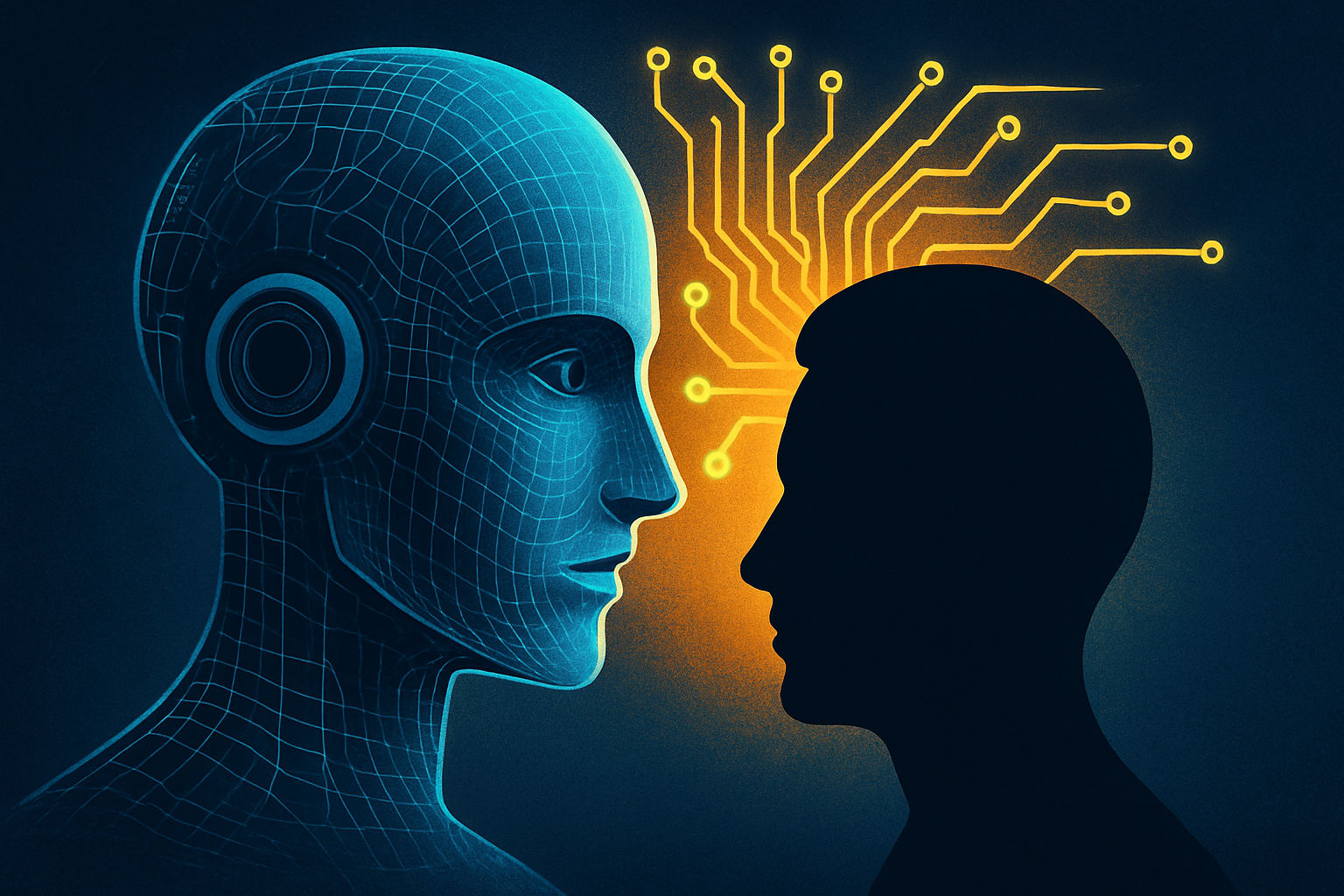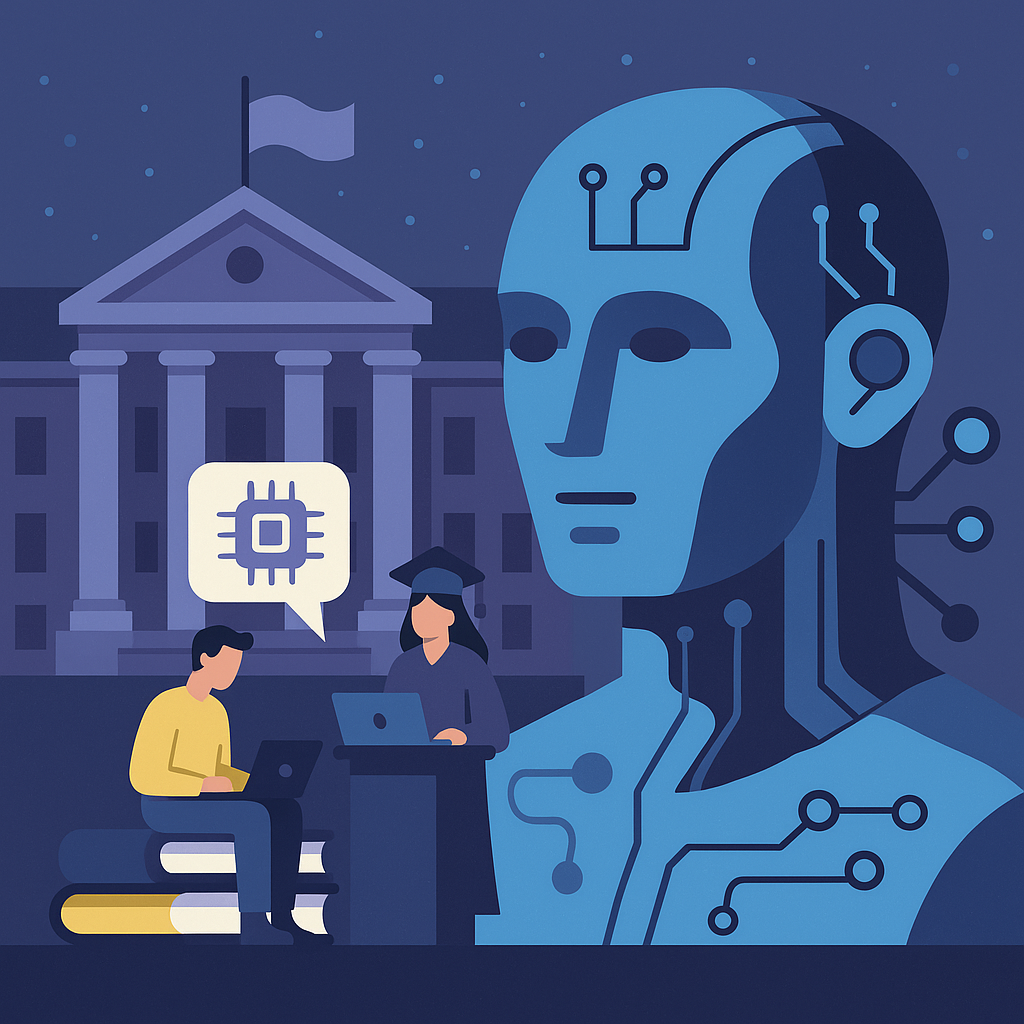
AI and the Turing Test: Do We Still Need a New Benchmark?
AI and the Turing Test has long defined how humans measure machine intelligence. But as modern AI models easily pass this decades-old test, many scientists are questioning whether it still matters—or if it’s time to replace it with better, safer standards.
The Legacy of the Turing Test
The Turing Test, introduced 75 years ago by Alan Turing, asked a simple question: Can machines think?
It challenged a computer to convince a human judge, through text conversation, that it was human.
For years, this idea shaped how we viewed Artificial Intelligence.
But today’s language models—like ChatGPT or Gemini—sail through the challenge with ease. Their fluent, human-like responses suggest that the Turing Test no longer measures true intelligence. It measures imitation.
AI and the Turing Test: What Experts Are Saying
At a recent Royal Society event in London, experts argued that the AI and the Turing Test conversation should evolve.
Neuroscientist Anil Seth from the University of Sussex said that focusing only on Artificial General Intelligence (AGI) limits human imagination. Instead, he urged developers to define and test for the kind of AI that benefits people and society.
Similarly, Gary Marcus from New York University emphasized that not every step toward AGI is progress. He cited Google DeepMind’s AlphaFold, a model that predicts protein structures, as an example of AI excellence without human-like cognition. “It does one thing well. It doesn’t write poetry,” Marcus said.
Beyond Turing: Building Smarter, Safer AI
Experts agree that AI and the Turing Test should not be the only benchmark for intelligence.
While chatbots can mimic human speech, they often lack understanding.
Their failures in tasks like reasoning, drawing, or physical interaction show the limits of text-based evaluation.
To better assess AI, researchers are exploring new models such as ARC-AGI-2, which tests adaptability and reasoning through complex puzzles. Others, like Marcus, propose a “Turing Olympics”—a series of tests involving real-world tasks such as understanding movies or assembling furniture.
Rethinking What Intelligence Means
Philosophers and ethicists argue that the pursuit of AGI may be misguided.
Shannon Vallor, from the University of Edinburgh, called AGI “an outdated concept” that doesn’t reflect real intelligence.
Instead of asking “Is AI intelligent?”, she suggests asking “What can this AI actually do?”
This functional approach focuses on measurable skills—language use, decision-making, creativity—without assigning human traits like empathy or awareness.
Towards Responsible and Ethical AI
Experts warn that obsession with AGI distracts from real-world risks: bias, misinformation, job displacement, and loss of human skills.
William Isaac from DeepMind argues that the new AI and the Turing Test conversation must center on safety and accountability.
Future benchmarks, he says, should test how safe, reliable, and socially beneficial AI really is.
Conclusion
The AI and the Turing Test debate is no longer about whether machines can imitate humans. It’s about building systems that understand, adapt, and serve humanity responsibly.
As the boundaries of AI expand, the new test is not imitation—but impact.






